 Technology peripherals
Technology peripherals
 AI
AI
 Hello, electric Atlas! Boston Dynamics robot comes back to life, 180-degree weird moves scare Musk
Hello, electric Atlas! Boston Dynamics robot comes back to life, 180-degree weird moves scare Musk
Hello, electric Atlas! Boston Dynamics robot comes back to life, 180-degree weird moves scare Musk
Boston Dynamics Atlas has officially entered the era of electric robots!
Yesterday, the hydraulic Atlas just "tearfully" retired from the stage of history. Today, Boston Dynamics announced that the electric Atlas is on the job.

It seems that Boston Dynamics is determined to compete with Tesla in the field of commercial humanoid robots.
After the new video was released, more than one million people had watched it in just ten hours.
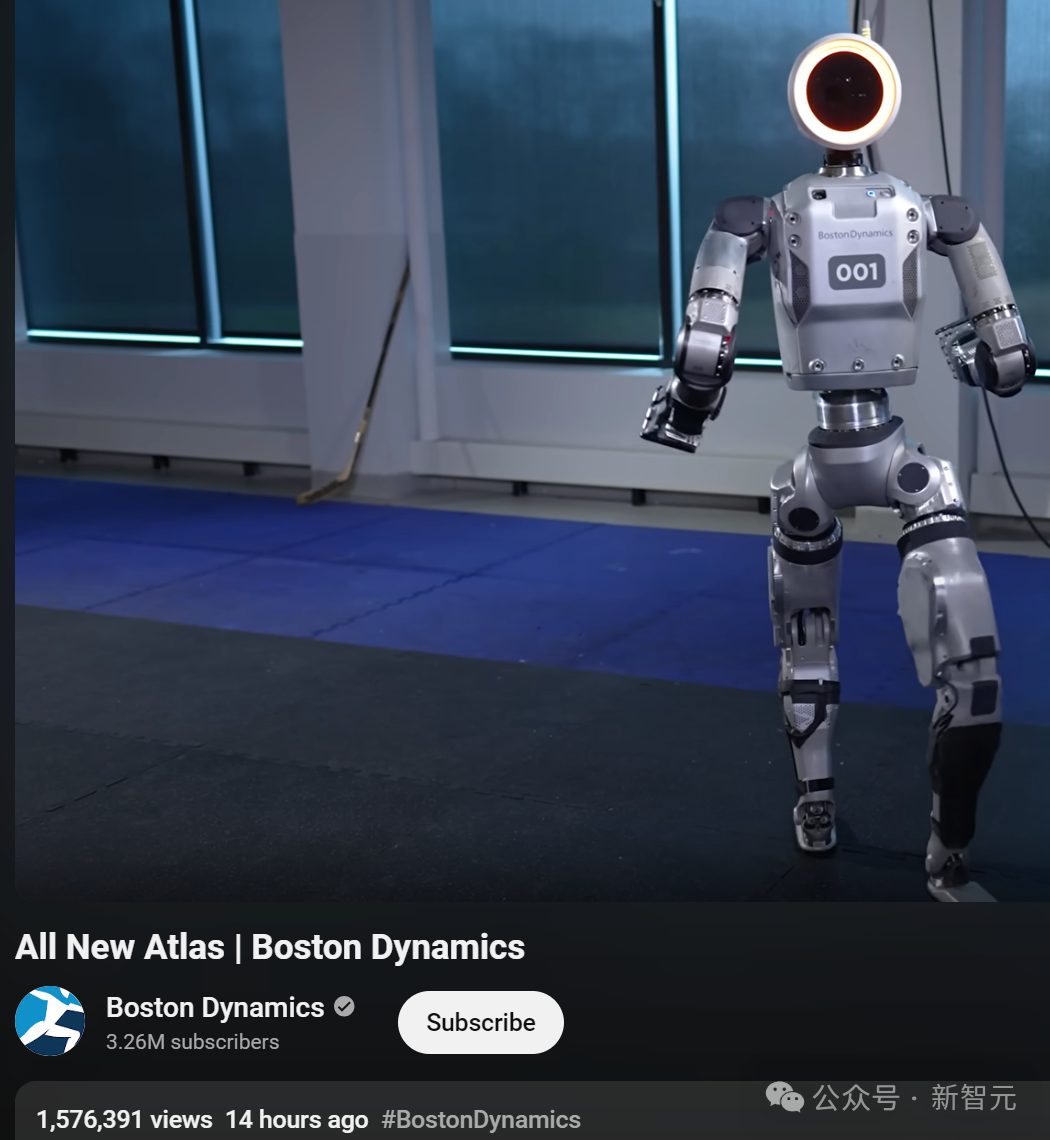
The old people leave and new roles appear. This is a historical necessity.
There is no doubt that this year is the explosive year of humanoid robots.

Netizens commented: The progress of robots will make this year’s opening ceremony look like a human one
The action and freedom are far beyond those of humans, but is this really not a horror movie?
At the beginning of the video, Atlas was lying calmly on the ground, seemingly on his back.
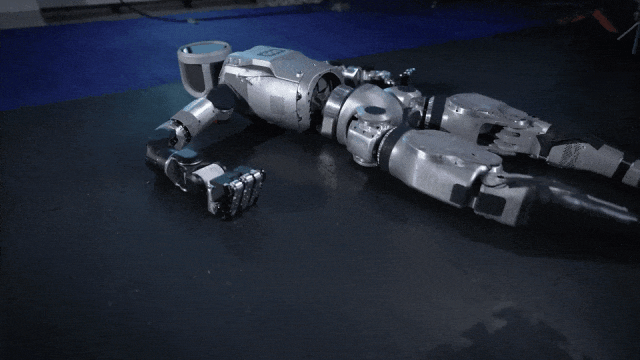
Next, a jaw-dropping scene happened——
His double The legs folded back at an incredible angle, and then they landed on both feet like performing acrobatics, pushing up the entire body.

When he stood up completely, his back should be facing us, but then, his head spun in place like an owl. It turned 180 degrees, and the entire torso also turned around.
After standing up, he walked towards us and proudly displayed his head - a circular screen decorated with ring lights.

It’s too tough, friends, this is too tough. As he approached step by step, the editor had only one thought in his heart:
Then, Atlas calmly rotated his head and torso 180 degrees again, and then left, leaving us with only a chic The back view hides merit and fame.

Such a short video of less than half a minute has already made many viewers’ hearts explode!
Everyone exclaimed: Horror movie, is this a horror movie?

Musk came to join in the fun
There seems to be a similar scene in "Terminator" ……


##Boston Dynamics Atlas, entering a new era of electric power
In fact, Boston Dynamics replaced hydraulics with electrics. Many people had guessed this move in advance. It was as natural as replacing a carriage with a car.
The retirement of Hydraulic Atlas does not mean the end of Boston Dynamics’ humanoid robot program – the new Atlas is back and better than before.
This is also the first time in history that Boston Dynamics has begun to define the Atlas humanoid robot as a "product."
Although this is the first time that Boston Dynamics has built a fully electric humanoid robot from scratch, it has already performed amazingly once it came out.
The brand new pure electric Atlas is driven by batteries and electric actuators, no more messy hydraulic systems. As we saw above, its performance exceeds that of humans in terms of strength and flexibility.
A friendlier appearance
Obviously, Atlas has changed and become unrecognizable to us.
The hydraulic version of Atlas has a top-heavy frame, bent legs, and an awkward design covered with plate armor.
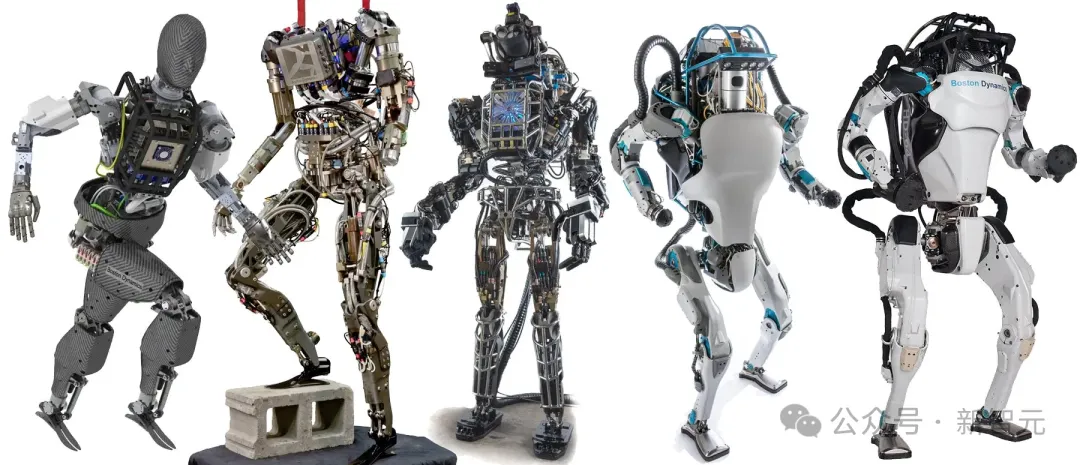
The new Atlas has a slimmer body, a more flexible mechanical skeleton, and no exposed cables.
This can be regarded as a compromise by Boston Dynamics to public concerns. After all, the designs of the original Atlas, Figure 01 and Tesla Optimus Prime are really not friendly to the public. .
No wonder the public is worried all the time that robots will break out in uprising and wipe out human beings.
New joints are 180 degrees
In the trailer, the most eye-catching thing is undoubtedly Atlas’ smooth and silky movements.
This also makes us realize: To build a humanoid robot, does it have to look like a real person?

Some investors once said that billions of years of evolution have failed to turn humans into perfect machines. Since we want to create machines that resemble ourselves, why not design machines that can do things that humans can’t?
So Boston Dynamics designed a set of custom high-power actuators at Atlas’ joints.
This design is extremely flexible and greatly "liberates" Atlas.
To use a vivid metaphor, it is equivalent to encapsulating the power of a top athlete in a compact body, thus giving Atlas a huge range of activities.
The inverted leg action that frightened most of the audience is not just for good looks, it also reflects its practicality in industrial environments.
Most industrial robots require manual intervention when they malfunction. If a robot can reset itself and return to work, the efficiency will be greatly improved.
Atlas's quick turn is equally significant.
When robots work for us, they need to shuttle back and forth between various shelves and conveyor belts. If repeated hundreds or thousands of times every day, every second saved is worth thousands of dollars.
In narrow spaces, the turning radius is significantly reduced, and it is also more suitable for existing workflow and space.
In general, all designs are for robots to become better workers for humans.
A three-fingered creature with a "makeup mirror" head
Different from the traditional design, the electric Atlas inherits the three-fingered version of the hydraulic version design instead of the four fingers commonly seen on the market.
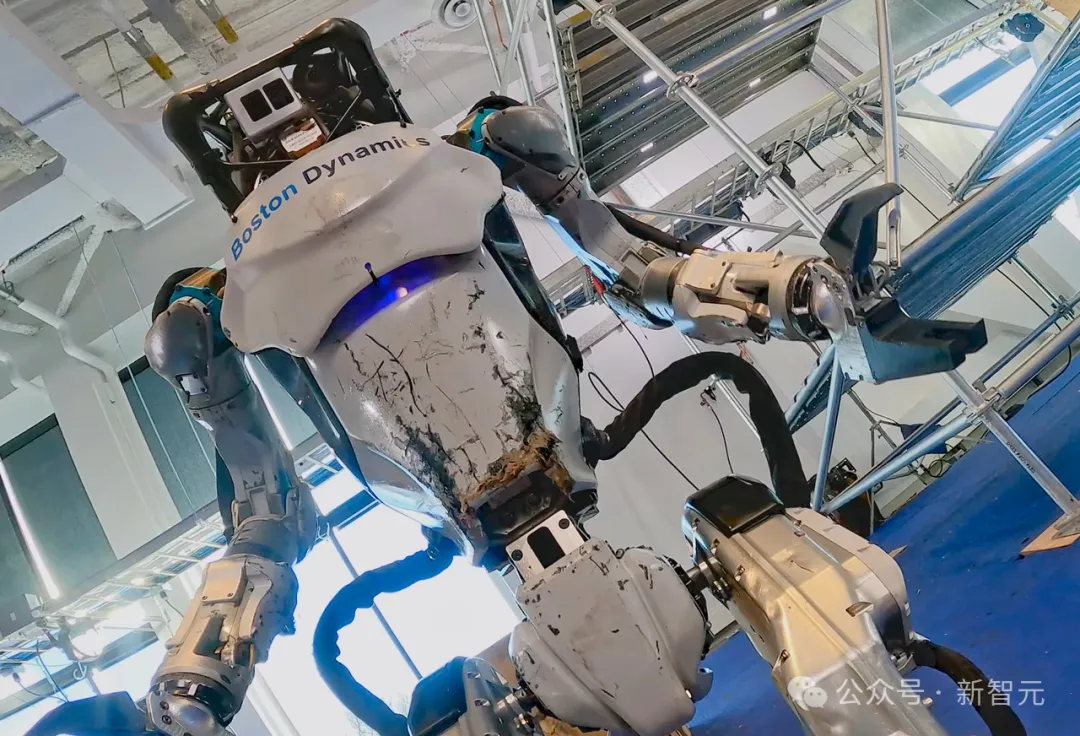
Build a robot that can perform a wide range of tasks and, most importantly, ensure the reliability and durability of the actuators in contact with the outside world.
This also explains why Boston Dynamics designed Atlas to have fewer than five fingers.
According to reports, they are still constantly exploring and improving this design to adapt to flexible grips of various shapes, and are equipped with an advanced sensing system to accurately sense contact objects.
Another eye-catching point is the large and round head design of the electric Atlas, which looks like a "makeup mirror".

And these are also different elements specially created by the team behind it, which are unique designs that are different from human images.
The CEO also revealed in the interview that the inspiration for this design was a small desk lamp from Pixar Animation Studio.
"We hope it looks friendly and open. It can not only be used as a display screen, but its shape also conveys friendly intentions, which is very critical for future human-computer interaction."
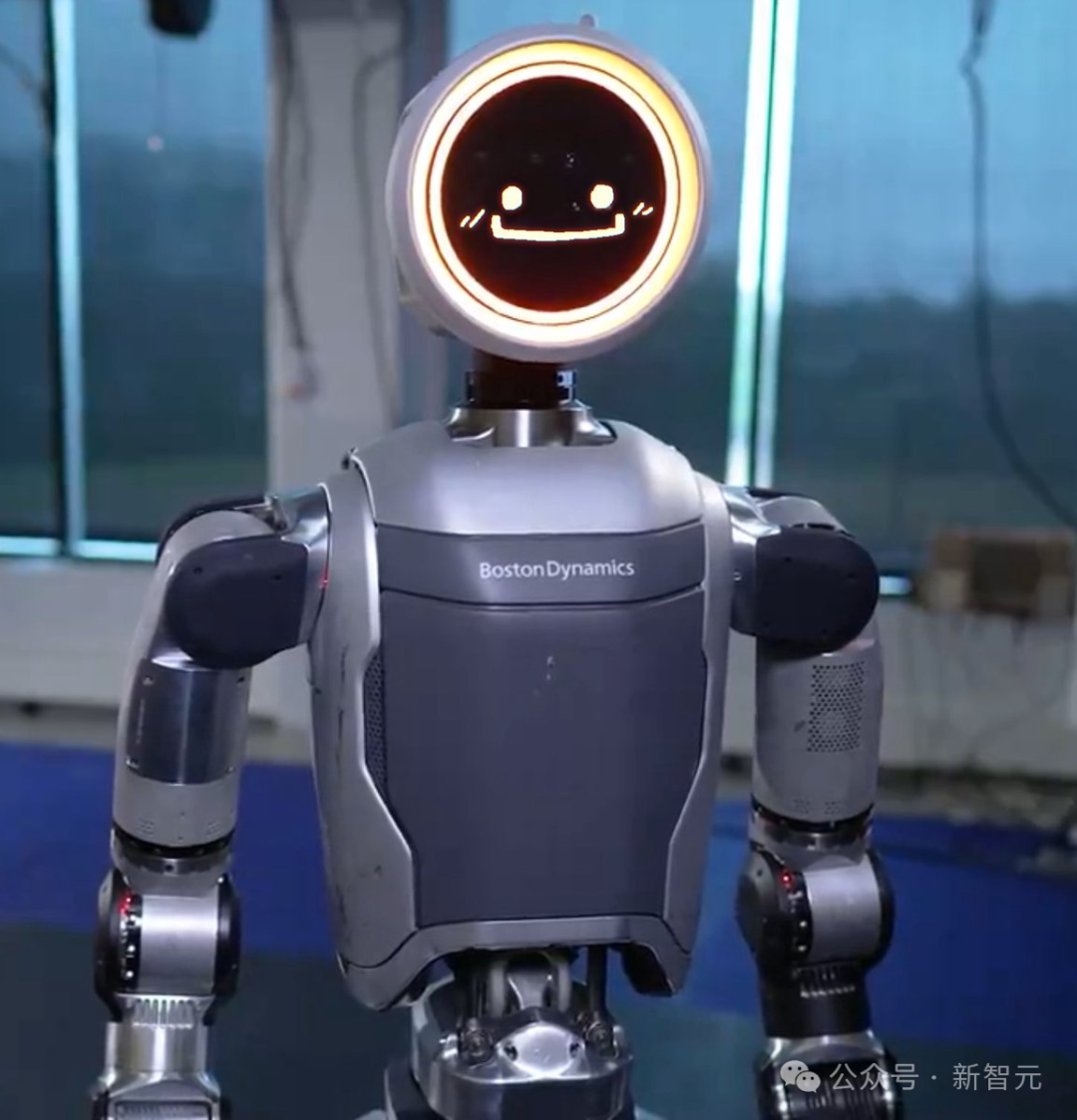
Question human beings, become human beings, transcend human beings
In short, everyone agrees that compared to themselves The imaginary robot prototype, the electric version of Atlas is really cool!
The most important thing is that it has omnidirectional joints and 360-degree hearing and vision, breaking the principle that it must be designed completely according to the appearance of the "human species".
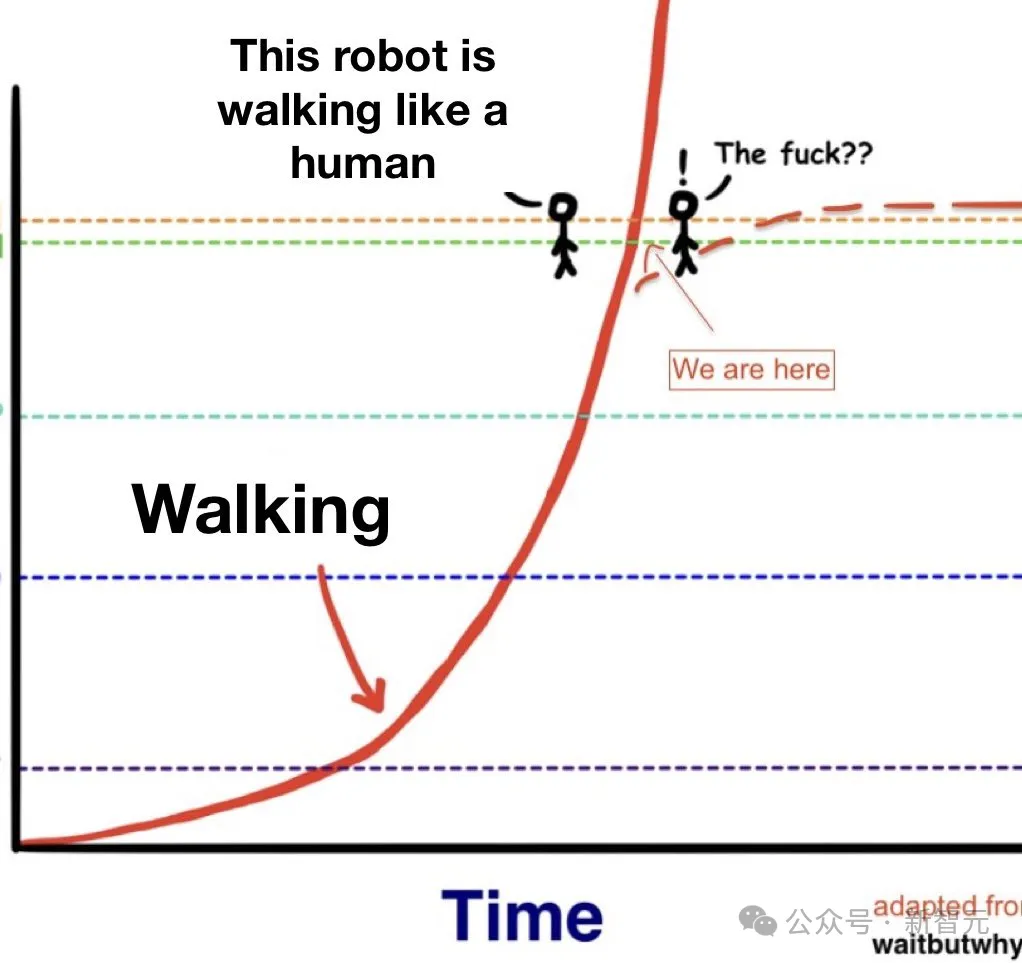
As Jim Fan, the man behind NVIDIA’s AGI moon landing project GR00T, said:
We’re so obsessed with “human-level” robotics that we forget it’s just an artificial ceiling. Why don't we create a new species beyond humans from the beginning?

Commercial humanoid robots have changed in ten years
Yesterday’s hydraulic version of Atlas Retirement has convinced many people that Boston Dynamics is determined to take the road of commercialization.

"Do they want to copy Optimus Prime?"
Although many people think that Boston Dynamics is light years ahead of Tesla's technology, but it's not surprising that this happened because heuristics are so expensive.
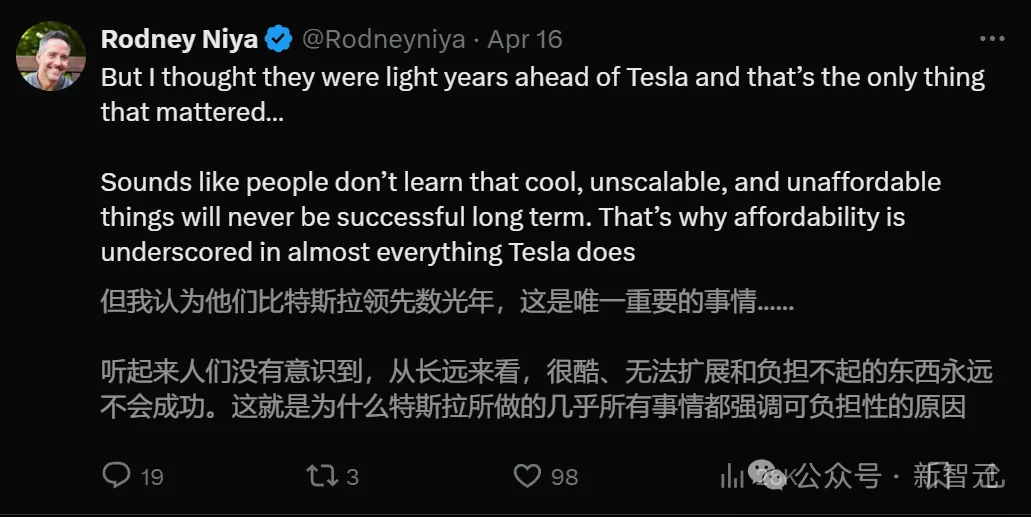
But it is undeniable that Tesla has indeed been more successful in commercialization.

Of course, some people think that comparing Atlas with Tesla is like comparing Ferrari with Ford Model T. The only thing they have in common is that they are both cars.

In 2021, after Boston Dynamics was acquired by Hyundai Motors, it has significantly accelerated its commercialization pace.
Today, Agility, Figure, 1X and Apptronik have all made a big splash in the field of humanoid robots. Therefore, Boston Dynamics is also seriously considering entering the humanoid robot commercial market.
In fact, in terms of current humanoid robot technology, Boston Dynamics is in a leading position.
The hydraulic system also exited the stage of history at the right time.
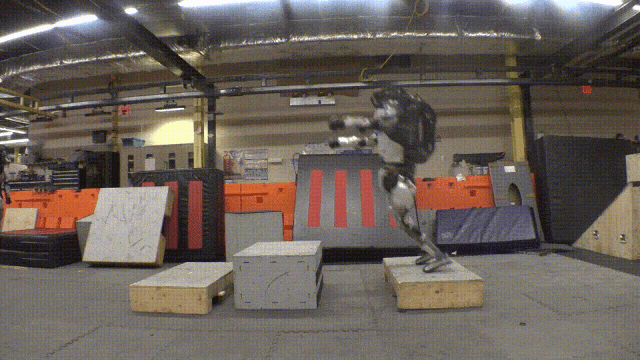
The fall caused by the injection of hydraulic oil during Atlas's retirement performance yesterday made many people complain that their knees hurt
After 15 years of hard work, I am determined to create an "all-around ”Robot
IEEE SPECTRUM immediately started an in-depth conversation with Robert Playter, CEO of Boston Dynamics.
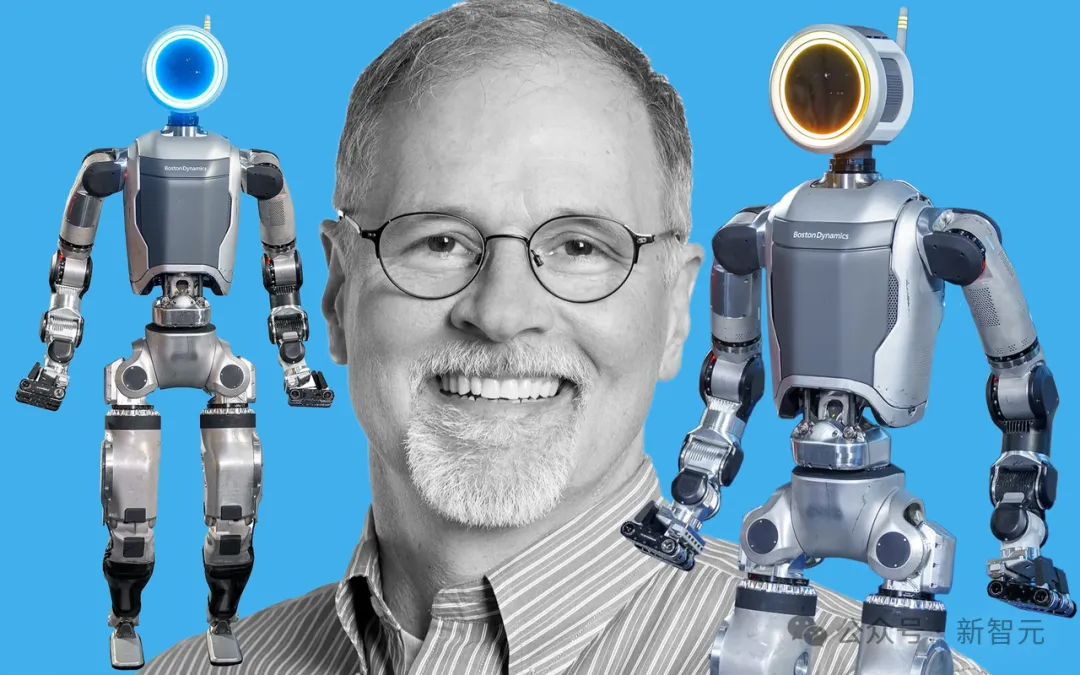
Robert Playter has been Boston Dynamics’ vice president of engineering since 1994, when the company was still primarily engaged in modeling and simulation and had not yet pivoted to robotics. .
In 2019, Playter became CEO and helped the company successfully transition from R&D to commercialization, launching Spot robot dog, Stretch, and the new Atlas.
The following are the main points of the interview:
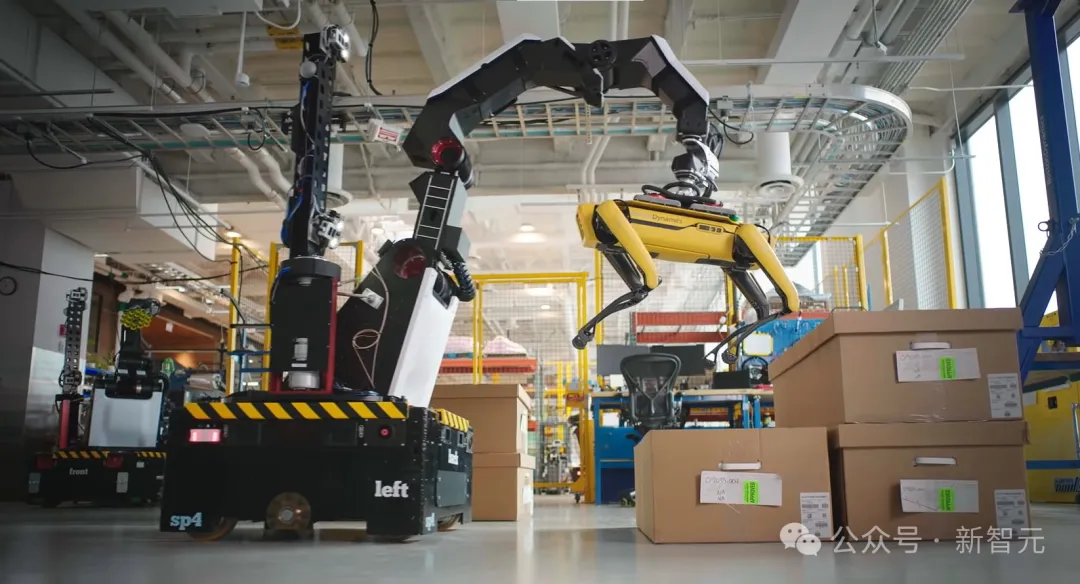
Q: What is the current situation? Why did it take so long?
Robert Playter: The all-electric Atlas is the latest achievement of a team that has been committed to the development of humanoid robots for nearly 15 years.
First of all, we believe that it is possible to build a humanoid robot that can handle a wide range of tasks. It is capable of two-handed manipulation/carrying of heavy and complex-shaped objects in manufacturing environments, tasks that are far more complex than our previous robot models.
Another reason is that the electric Atlas has been developed in parallel with the traditional Atlas robot. Previously released videos have demonstrated the feasibility of these technologies. Next, we will design a new generation of robots that will perform far better than any previous machine.
In the future, we plan to put it on the market as a product, mainly used in industry, logistics and other fields.

Q: For the robot dog Spot, Boston Dynamics did not preset application scenarios, but directly developed the product and used it Bring it to market and let users explore its suitability. So, is Atlas' development strategy different?
Playter: Spot is essentially a technology looking for application scenarios. It took us a long time to identify it. It is in industrial inspection market positioning.
The challenges we experienced this time also made us decide to clarify the target application scenarios before mass production.
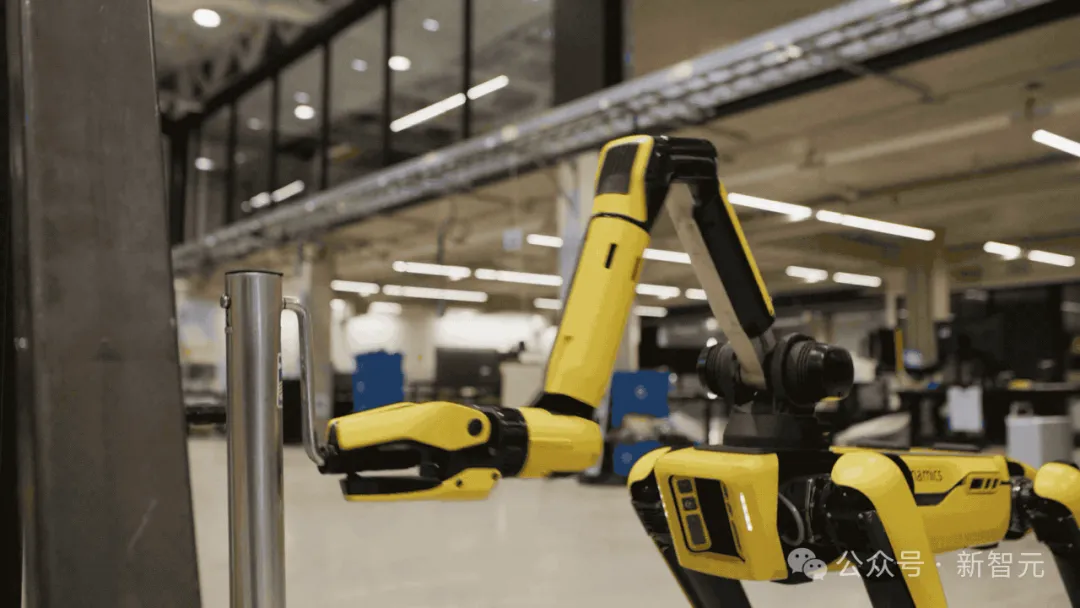
You can see the difference in Stretch, which was launched for a clear target market.
Of course, Atlas is positioned similarly to Stretch, but its function will not be limited to a single task, but to achieve a wider range of applications.
Q: Is Atlas’s vision to become a “universal humanoid robot”?
Playter: It must be a "multifunctional" robot. The reason for this is that currently few robots can extend their ability to perform a single repetitive task to other more complex tasks.
Q: What will change if you view the new version of Atlas as a product rather than a research platform?
Playter: The team’s research over the past 10-15 years is crucial to developing the first practical humanoid robot.
Such as dynamic balance and mobility capabilities are all to ensure that the robot can pick up objects while moving.
Now, we have mastered these technologies that are critical to performing real work.
However, in terms of versatility, it still needs to be strengthened. For example, let the robot pick out the one it needs from thousands of different parts.
Currently, this broad applicability has not been proven. But we believe that AI will be one of the key tools to solve this problem.
Finally, there is a lot of product prototyping and iteration required before we can begin mass production and deliver these robots to customers.
#Q: For a long time, "hydraulic" was considered the best way to achieve powerful dynamic movement in Atlas. Why has this changed now?
Playter: We first experimented with the release of Spot.
We faced the same problem many years ago and developed a powerful yet lightweight electric motor with the responsiveness and power to meet the demand.
Subsequently, we designed a new series of "compact actuators" for electric Atlas, integrating the power of "professional athletes" into small equipment. As a result, the joints of the new robot surpass humans in strength and range of motion.
Moreover, through comparison, we also found that the electric Atlas is stronger than the hydraulic Atlas.
Q: The video showing the range of motion makes people feel a little uncomfortable. Why show the new version of Atlas in this way?
Playter: These actuators with a high range of motion will give the robot a series of unique actions, thereby greatly improving its work efficiency.
Imagine how convenient it would be if a robot could turn around directly instead of having to take several steps to turn its entire body.
This flexibility provides endless possibilities for designing new features, and we have begun to enjoy this innovation and decided to share it with the world.
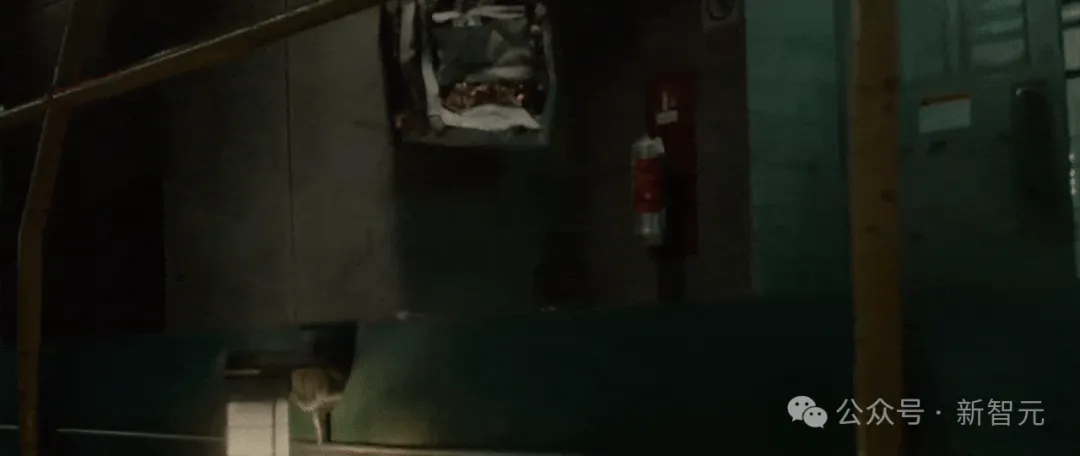
Q: There is a view that robots need to move in a familiar and predictable way so that people working around them are uncomfortable. You will feel uncomfortable. What do you think for this?
Playter: Indeed, but this does not mean that we can only limit robots to imitate human actions.
In contrast, if a robot is more powerful or more flexible, it can accomplish tasks that humans are unable or unwilling to do.
For example, the joints of the first generation Stretch cannot rotate 180 degrees. As a result, it moves very slowly when turning to pick up and place boxes.
Subsequently, we added a joint that can rotate, which makes Stretch's movements faster and more efficient.
In the end, everyone gradually got used to this new action mode.
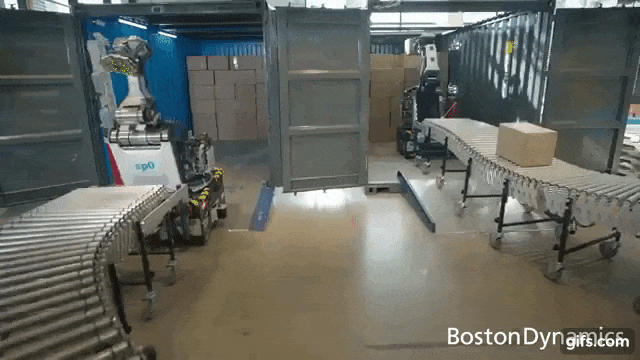
Q: Why is the head of the electric Atlas robot designed like this?
Playter: The old version of the Atlas robot did not have a head. The new version of the head is not only a tool for the robot to express its intentions, but also integrates lights that can communicate with the user.
In the initial design, we tried a more human-like shape. But this design always gives people a sense of threat, even a bit like a dystopian science fiction work.
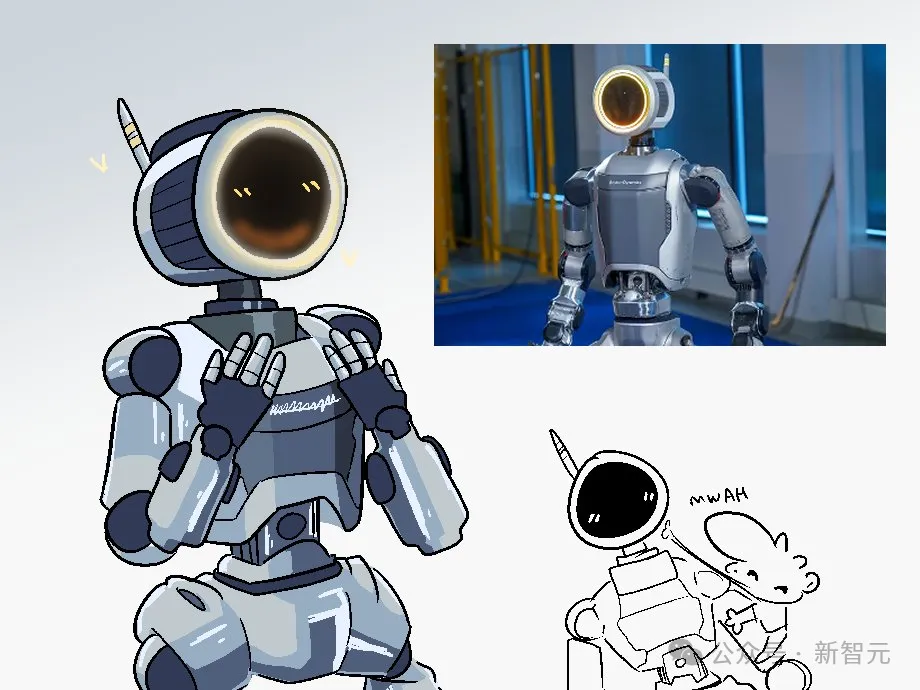
Therefore, we deliberately chose a round head design in order to make it look less human. We also hope to convey a friendly atmosphere through this design.
By the way, this design also draws on the well-known small table lamp from Pixar Animation Studio.
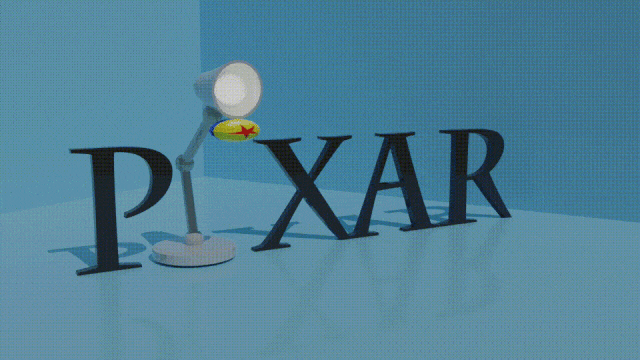
Q: How has the accumulation of experience over the years helped Atlas become a product?
プレイヤー: いくつかの興味深いテクノロジだけでは、製品を成功させるのに十分ではありません。実用的なアプリケーション シナリオを用意し、このシナリオに基づいて実際の生産性を提供する必要があります。
最初は誰もが試しに 1 台を購入するかもしれませんが、同じ顧客に複数のロボットを販売できる場合にのみ正式にビジネスが開始されます。これは、適切な信頼性、サービス、システムの統合がなければ達成できません。
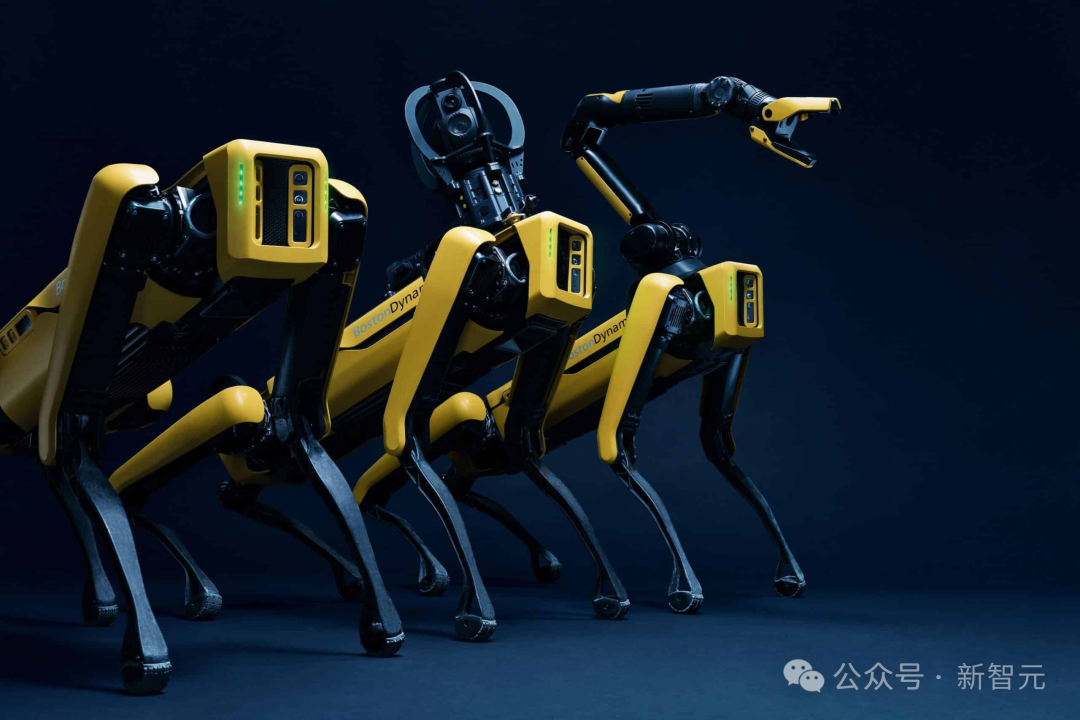
数年前に私たちが Spot を製品として市場に投入し始めたとき、それはまさに会社の完全な変革でした。
これを実現するには、製造、サービス、ロボットの品質と信頼性の評価、継続的改善のためのシステムとツールの確立など、まったく新しい領域を習得する必要があります。同時に、適正なコストで生産され、適正な価格で販売され、最終的には利益が得られることも必要です。
この移行が完了するには 2 ~ 3 年かかるため、プロトタイプが 1 つしかないスタートアップ企業はおそらくまだ移行を開始していません。
したがって、私たちは今、技術的なブレークスルーを実証することに熱心ではなく、実現可能な製品パスが決定するまでは簡単にその意図を示すつもりはありません。それが成功の鍵になると思います。
Q: 将来の計画は何ですか?
プレイヤー: Atlas の新しいバージョンでは、旧バージョンで実証されている制御テクノロジーをさらに紹介する予定です。 。
このロボットの新バージョンは、早ければ来年にも技術検証のために現代自動車の工場に入ることができると予想されています。
Q: Atlas の新しいバージョンで最も興味のあることは何ですか?
プレーヤー: 軽量、小型、柔軟性に優れながらも、強力な機能を備えています。これを見た後は、誰もが「わあ、こんなこともできるんだ!」と叫ぶでしょう。
長い間、他の企業は比較のためのベンチマークとして当社を使用してきましたが、今ではこの標準が採用されています。またまた昇格しました。それが最終的に業界を前進させることになると信じています。
The above is the detailed content of Hello, electric Atlas! Boston Dynamics robot comes back to life, 180-degree weird moves scare Musk. For more information, please follow other related articles on the PHP Chinese website!

Hot AI Tools

Undresser.AI Undress
AI-powered app for creating realistic nude photos

AI Clothes Remover
Online AI tool for removing clothes from photos.

Undress AI Tool
Undress images for free

Clothoff.io
AI clothes remover

AI Hentai Generator
Generate AI Hentai for free.

Hot Article

Hot Tools

Notepad++7.3.1
Easy-to-use and free code editor

SublimeText3 Chinese version
Chinese version, very easy to use

Zend Studio 13.0.1
Powerful PHP integrated development environment

Dreamweaver CS6
Visual web development tools

SublimeText3 Mac version
God-level code editing software (SublimeText3)

Hot Topics
 The world's most powerful open source MoE model is here, with Chinese capabilities comparable to GPT-4, and the price is only nearly one percent of GPT-4-Turbo
May 07, 2024 pm 04:13 PM
The world's most powerful open source MoE model is here, with Chinese capabilities comparable to GPT-4, and the price is only nearly one percent of GPT-4-Turbo
May 07, 2024 pm 04:13 PM
Imagine an artificial intelligence model that not only has the ability to surpass traditional computing, but also achieves more efficient performance at a lower cost. This is not science fiction, DeepSeek-V2[1], the world’s most powerful open source MoE model is here. DeepSeek-V2 is a powerful mixture of experts (MoE) language model with the characteristics of economical training and efficient inference. It consists of 236B parameters, 21B of which are used to activate each marker. Compared with DeepSeek67B, DeepSeek-V2 has stronger performance, while saving 42.5% of training costs, reducing KV cache by 93.3%, and increasing the maximum generation throughput to 5.76 times. DeepSeek is a company exploring general artificial intelligence
 KAN, which replaces MLP, has been extended to convolution by open source projects
Jun 01, 2024 pm 10:03 PM
KAN, which replaces MLP, has been extended to convolution by open source projects
Jun 01, 2024 pm 10:03 PM
Earlier this month, researchers from MIT and other institutions proposed a very promising alternative to MLP - KAN. KAN outperforms MLP in terms of accuracy and interpretability. And it can outperform MLP running with a larger number of parameters with a very small number of parameters. For example, the authors stated that they used KAN to reproduce DeepMind's results with a smaller network and a higher degree of automation. Specifically, DeepMind's MLP has about 300,000 parameters, while KAN only has about 200 parameters. KAN has a strong mathematical foundation like MLP. MLP is based on the universal approximation theorem, while KAN is based on the Kolmogorov-Arnold representation theorem. As shown in the figure below, KAN has
 Hello, electric Atlas! Boston Dynamics robot comes back to life, 180-degree weird moves scare Musk
Apr 18, 2024 pm 07:58 PM
Hello, electric Atlas! Boston Dynamics robot comes back to life, 180-degree weird moves scare Musk
Apr 18, 2024 pm 07:58 PM
Boston Dynamics Atlas officially enters the era of electric robots! Yesterday, the hydraulic Atlas just "tearfully" withdrew from the stage of history. Today, Boston Dynamics announced that the electric Atlas is on the job. It seems that in the field of commercial humanoid robots, Boston Dynamics is determined to compete with Tesla. After the new video was released, it had already been viewed by more than one million people in just ten hours. The old people leave and new roles appear. This is a historical necessity. There is no doubt that this year is the explosive year of humanoid robots. Netizens commented: The advancement of robots has made this year's opening ceremony look like a human, and the degree of freedom is far greater than that of humans. But is this really not a horror movie? At the beginning of the video, Atlas is lying calmly on the ground, seemingly on his back. What follows is jaw-dropping
 The evolution of artificial intelligence in space exploration and human settlement engineering
Apr 29, 2024 pm 03:25 PM
The evolution of artificial intelligence in space exploration and human settlement engineering
Apr 29, 2024 pm 03:25 PM
In the 1950s, artificial intelligence (AI) was born. That's when researchers discovered that machines could perform human-like tasks, such as thinking. Later, in the 1960s, the U.S. Department of Defense funded artificial intelligence and established laboratories for further development. Researchers are finding applications for artificial intelligence in many areas, such as space exploration and survival in extreme environments. Space exploration is the study of the universe, which covers the entire universe beyond the earth. Space is classified as an extreme environment because its conditions are different from those on Earth. To survive in space, many factors must be considered and precautions must be taken. Scientists and researchers believe that exploring space and understanding the current state of everything can help understand how the universe works and prepare for potential environmental crises
 The vitality of super intelligence awakens! But with the arrival of self-updating AI, mothers no longer have to worry about data bottlenecks
Apr 29, 2024 pm 06:55 PM
The vitality of super intelligence awakens! But with the arrival of self-updating AI, mothers no longer have to worry about data bottlenecks
Apr 29, 2024 pm 06:55 PM
I cry to death. The world is madly building big models. The data on the Internet is not enough. It is not enough at all. The training model looks like "The Hunger Games", and AI researchers around the world are worrying about how to feed these data voracious eaters. This problem is particularly prominent in multi-modal tasks. At a time when nothing could be done, a start-up team from the Department of Renmin University of China used its own new model to become the first in China to make "model-generated data feed itself" a reality. Moreover, it is a two-pronged approach on the understanding side and the generation side. Both sides can generate high-quality, multi-modal new data and provide data feedback to the model itself. What is a model? Awaker 1.0, a large multi-modal model that just appeared on the Zhongguancun Forum. Who is the team? Sophon engine. Founded by Gao Yizhao, a doctoral student at Renmin University’s Hillhouse School of Artificial Intelligence.
 The U.S. Air Force showcases its first AI fighter jet with high profile! The minister personally conducted the test drive without interfering during the whole process, and 100,000 lines of code were tested for 21 times.
May 07, 2024 pm 05:00 PM
The U.S. Air Force showcases its first AI fighter jet with high profile! The minister personally conducted the test drive without interfering during the whole process, and 100,000 lines of code were tested for 21 times.
May 07, 2024 pm 05:00 PM
Recently, the military circle has been overwhelmed by the news: US military fighter jets can now complete fully automatic air combat using AI. Yes, just recently, the US military’s AI fighter jet was made public for the first time and the mystery was unveiled. The full name of this fighter is the Variable Stability Simulator Test Aircraft (VISTA). It was personally flown by the Secretary of the US Air Force to simulate a one-on-one air battle. On May 2, U.S. Air Force Secretary Frank Kendall took off in an X-62AVISTA at Edwards Air Force Base. Note that during the one-hour flight, all flight actions were completed autonomously by AI! Kendall said - "For the past few decades, we have been thinking about the unlimited potential of autonomous air-to-air combat, but it has always seemed out of reach." However now,
 Kuaishou version of Sora 'Ke Ling' is open for testing: generates over 120s video, understands physics better, and can accurately model complex movements
Jun 11, 2024 am 09:51 AM
Kuaishou version of Sora 'Ke Ling' is open for testing: generates over 120s video, understands physics better, and can accurately model complex movements
Jun 11, 2024 am 09:51 AM
What? Is Zootopia brought into reality by domestic AI? Exposed together with the video is a new large-scale domestic video generation model called "Keling". Sora uses a similar technical route and combines a number of self-developed technological innovations to produce videos that not only have large and reasonable movements, but also simulate the characteristics of the physical world and have strong conceptual combination capabilities and imagination. According to the data, Keling supports the generation of ultra-long videos of up to 2 minutes at 30fps, with resolutions up to 1080p, and supports multiple aspect ratios. Another important point is that Keling is not a demo or video result demonstration released by the laboratory, but a product-level application launched by Kuaishou, a leading player in the short video field. Moreover, the main focus is to be pragmatic, not to write blank checks, and to go online as soon as it is released. The large model of Ke Ling is already available in Kuaiying.
 FisheyeDetNet: the first target detection algorithm based on fisheye camera
Apr 26, 2024 am 11:37 AM
FisheyeDetNet: the first target detection algorithm based on fisheye camera
Apr 26, 2024 am 11:37 AM
Target detection is a relatively mature problem in autonomous driving systems, among which pedestrian detection is one of the earliest algorithms to be deployed. Very comprehensive research has been carried out in most papers. However, distance perception using fisheye cameras for surround view is relatively less studied. Due to large radial distortion, standard bounding box representation is difficult to implement in fisheye cameras. To alleviate the above description, we explore extended bounding box, ellipse, and general polygon designs into polar/angular representations and define an instance segmentation mIOU metric to analyze these representations. The proposed model fisheyeDetNet with polygonal shape outperforms other models and simultaneously achieves 49.5% mAP on the Valeo fisheye camera dataset for autonomous driving





